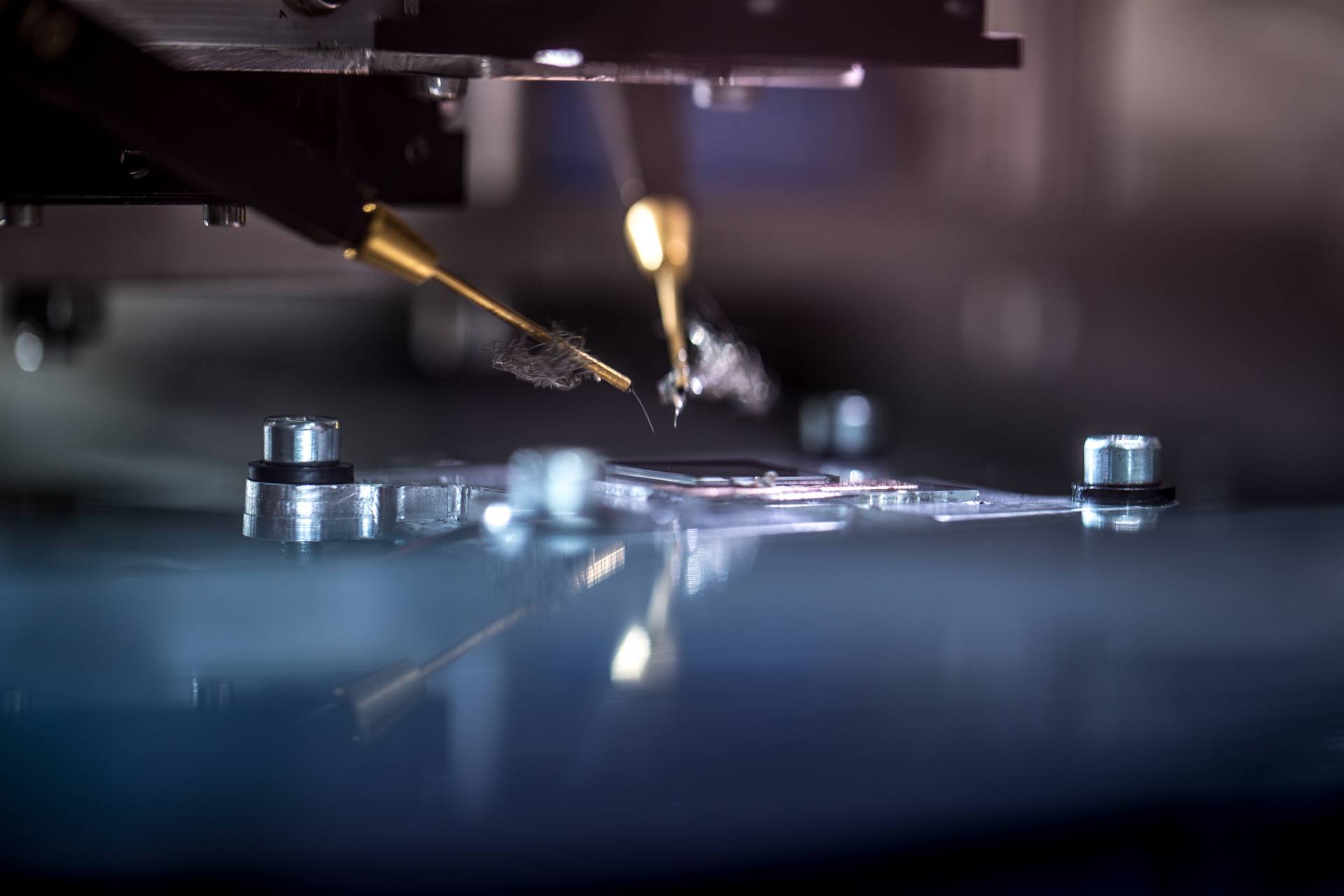Faster breeding with CRISPR-Cas
Genetic modification techniques, such as CRISPR-Cas, are receiving a lot of attention. The European Commission is expected to present a new bill in June to enable breeders to use CRISPR-Cas. This offers opportunities and possibilities for making agriculture more sustainable. FHI spoke with Monique van Vegchel from the Plantum trade association. As a policy specialist, she is involved in research and new breeding techniques.
Cutting DNA
One of the best-known genetic modification techniques at the moment is CRISPR-Cas. This technique allows scientists to edit the DNA of organisms very precisely by cutting, replacing or adding pieces of genetic material. Monique explains: “You can compare CRISPR-Cas with a Word file full of text, in which you are looking for one letter within a specific word. You can easily look up the word with CTRL-F and then adjust this letter. That is exactly what CRISPR-Cas does. This technique searches the DNA for a specific piece and then makes a cut with great precision. Because it is so precise, you can easily predict where the mutation will take place.”
Accuracy is the added value of CRISPR-Cas compared to classical mutation breeding. “These methods are like shooting buckshot. You do get mutations, but you don't know exactly where. So you have to do extra work to identify and throw away the plants with unwanted mutations.”
“You can compare CRISPR-Cas with a Word file full of text, in which you are looking for one letter within a specific word. You can easily look up the word with CTRL-F and then adjust the letter..”
A faster process
Breeding is an extremely long process in which it can take years or even decades to realize the desired adjustment in the crop. Monique states that the accuracy of CRISPR-Cas significantly accelerates that process. “The value of CRISPR-Cas is not so much that we can do very innovative things, but rather that it can be done much faster.”
That does not mean that the work has become easier. “Because CRISPR-Cas is so precise, you need to know in advance what your goal is. That is why you need to have a lot of knowledge of the genome of your crop and that requires preparation time.” In addition, it is also an art to then realize a plant: “CRISPR-Cas is not done in a plant, but in a single cell. You then have to get a plant back from that cell through tissue culture.”
Antihypertensive tomatoes
The accuracy of CRISPR-Cas allows breeders to improve the health qualities of crops and thus develop more nutritious crops. For example, there are already tomatoes on the market in Japan that contain a high amount of gamma-aminobutyric acid (GABA). The manufacturer claims that GABA can help lower blood pressure and promote relaxation. In the US, the startup Pairwise has made improvements to the taste of Brassica Juncea, better known as mustard greens. This healthy leafy vegetable is rarely eaten due to its bitter taste, but can be a good alternative to kale and Brussels sprouts. Increasing yield is also an important goal when developing new properties. For example, the yield of rice and maize can be significantly increased by specifically switching off genes using CRISPR-Cas.
Sustainable agriculture
In addition to health improvements and yield increases, there are also opportunities for sustainable agriculture, says Monique: “With climate change, new diseases are coming our way and these diseases can affect an entire harvest. It would be very nice to have crops that are resistant to these diseases. Because breeding is such a long process, you have to carefully predict which diseases will come our way. Or you have to breed quickly when a certain disease is around. The speed of CRISPR-Cas is a major advantage.”
Another consequence of climate change is abiotic stress. These are suboptimal growing conditions caused by, for example, drought, water surpluses or extreme temperatures. Monique indicates that there are also opportunities here, but the properties that determine how plants deal with this are usually much more complex.
Legislation
CRISPR-Cas has been subject to GMO legislation since 2018. This does not mean that it is forbidden to use the technology, but that it is very unattractive due to the long and expensive process within the current legislation. The European Commission is expected to present a new bill for the use of CRISPR-Cas in June this year. A whole process preceded this, as Monique explains: “In 2020, the European Commission concluded that the current legislation is not fit-for-purpose is. This was a reason to start working on new legislation. Then a process starts impact assessments and targeted impact assessments. Society and stakeholders let us know what they think.” Partly based on the responses given at the assessments the European Commission is now formulating a bill.
Once the new bill is ready, the European Parliament and the European Member States must agree with a certain majority. This sounds easier than it is, because there will be elections for the European Parliament in 2024. Monique indicates that it is therefore difficult to predict when we can expect a decision.
Future
If current legislation is maintained, there is a chance that some companies will move their research outside the EU. Not only will a lot of knowledge be lost in the Netherlands, but Europe will also encounter problems when importing CRISPR-Cas products. “There is a good chance that foreign CRISPR-Cas products will eventually find their way to Europe. These products must then be labeled as GMO. It will be a challenge to enforce this.” Monique hopes that CRISPR-Cas products that can also be developed using traditional breeding methods will be regulated in the same way. "We find that conventional like products, which are indistinguishable from each other and are just as safe, should be regulated in the same way.”
As a trade association, Plantum represents approximately three hundred companies in the breeding, propagation and propagation of seeds and young plants.
Related companies

